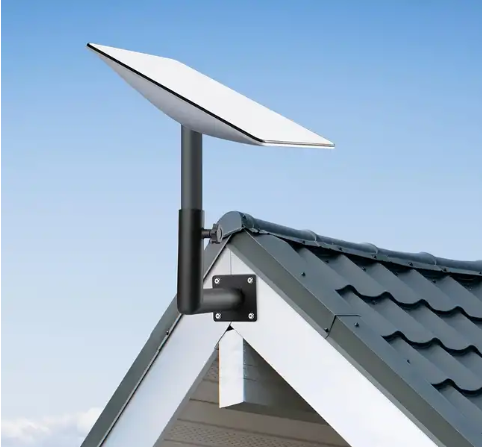A recent report from the Samoa Observer, as cited by Islands Business Online, highlights the Samoa Office of the Telecommunication Regulator’s (OOTR) decision to temporarily halt the importation of SpaceX’s Starlink kits. Regulator Lematua Gisa Fuatai Purcell stated that Customs will confiscate any such units at border control. While recognizing Starlink’s reliability, the Regulator emphasized fair treatment for local providers and outlined procedures for existing unit owners to obtain OOTR approval and a 12-month license, with legal consequences for non-compliance. The Regulator also mentioned efforts to enhance connectivity in underserved areas.
Recently, the Samoan Cabinet approved SpaceX’s Starlink services, aiming to improve internet accessibility and affordability. Minister of Agriculture and Fisheries, La’auli Leuatea Schmidt, confirmed the decision, highlighting the benefits of competition in reducing internet costs. With the upcoming Commonwealth Heads of Government Meeting (CHOGM) in October, there is an urgent need to enhance internet infrastructure to support the event.
Similarly, the Kingdom of Tonga has directed Starlink to cease servicing customers in the nation due to the Low Earth Orbit (LEO) broadband provider’s lack of a legal license to operate. An email from Starlink to its customers in Tonga explained that the provider had been instructed by the island nation’s Ministry of Meteorology, Energy, Information, Disaster Management, Environment, Climate Change and Communications (MEIDECC) to disable the service.
Starlink stated it would continue to work on obtaining the necessary regulatory approvals to turn on Starlink Services in Tonga as soon as possible. The SpaceX-operated satellite provider also encouraged its customers to contact MEIDECC to communicate their support for Starlink to obtain regulatory approval in Tonga. On social media, users in Tonga noted that the service removal affected visiting yachts using roaming Starlink terminals as well.
Stan ‘Ahio, the MEIDECC acting director and chief engineer of the Department of Communications, confirmed that the kingdom’s government had told Starlink to stop the service provision in Tonga. “We all understand the level of services provided by Starlink, but we need to do it within the laws of Tonga,” ‘Ahio said. He clarified that Starlink fixed broadband services had not yet legally gained a license to operate in the Kingdom of Tonga, and thus operating a Starlink terminal is currently illegal. The ministry is working on the best possible solution for Starlink’s license application, which the provider filed in May this year. Meanwhile, Starlink users can apply for a provisional license, costing $200, to have their terminals reconnected.
Following the 2022 tsunami that wrecked Tonga’s only subsea optical fiber cable, Starlink donated 50 terminals and set up an Earth station in Fiji to restore internet connectivity to the island kingdom. Restoring the severed fiber optic cable took five weeks. Since the natural disaster, further problems have affected Tonga’s cable infrastructure, including a recent quake causing a communications failure. A petition has been launched to allow Starlink to provide service to Tonga, with users arguing that high-speed Internet service is a necessity for economic development, education, healthcare, and disaster response and management.
Both Samoa and Tonga are working to fit new technologies like Starlink into their existing rules. This highlights the challenges and benefits of using global tech to provide fair access to quality internet while supporting local systems and regulations.





